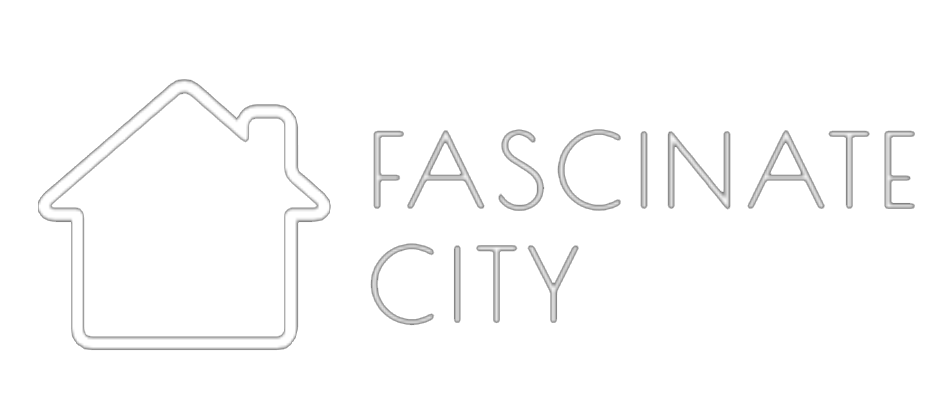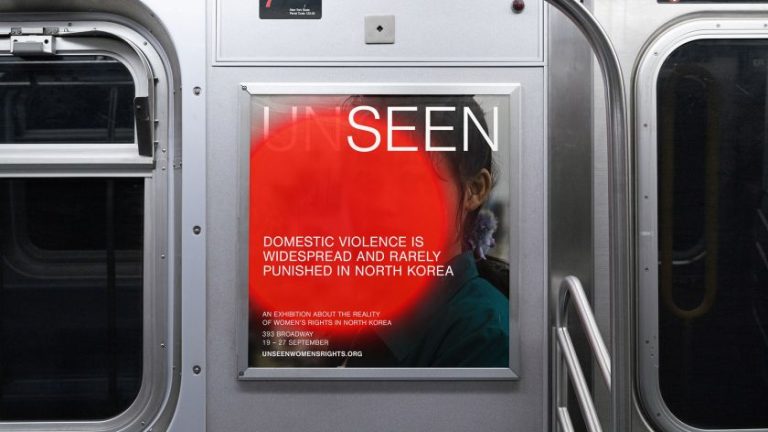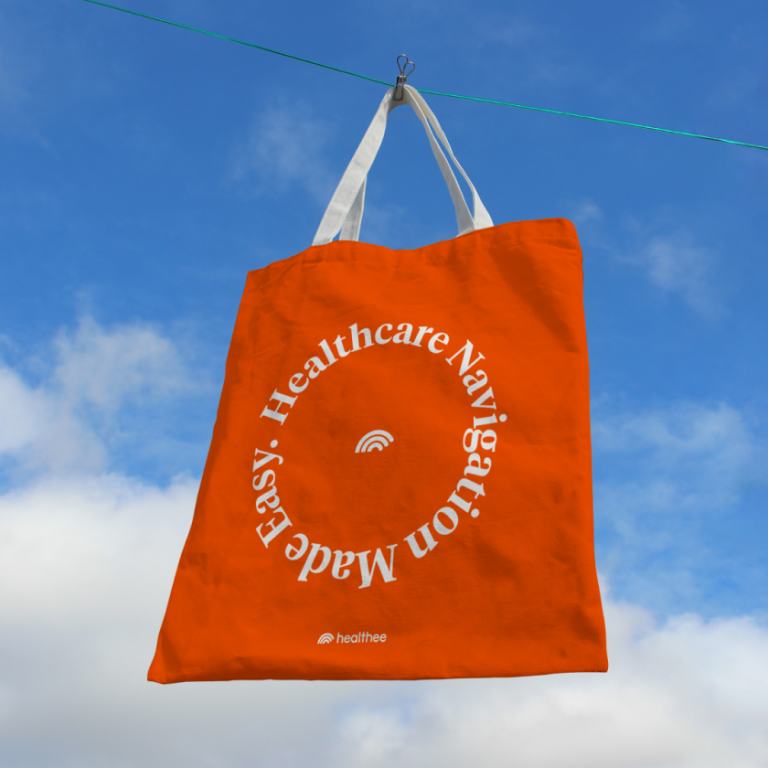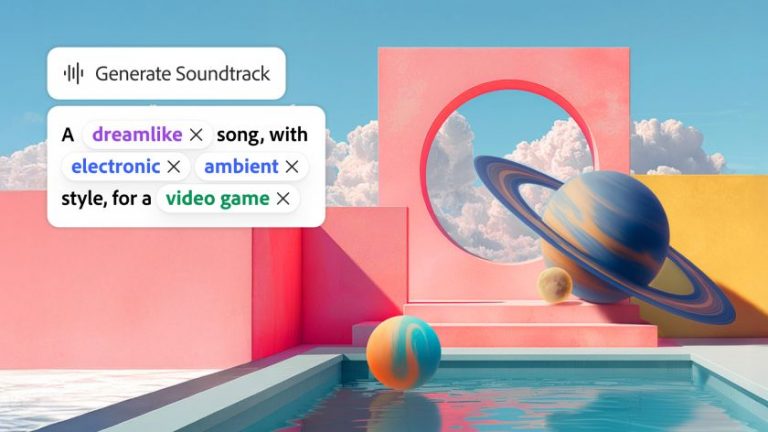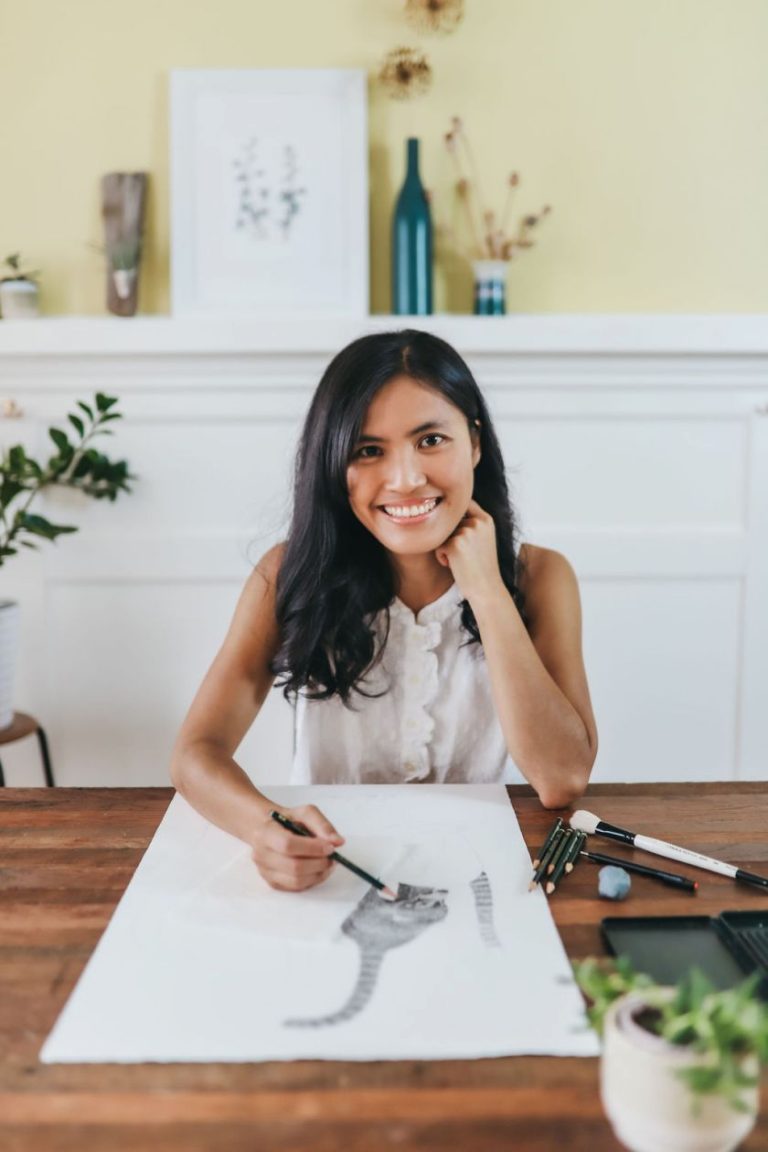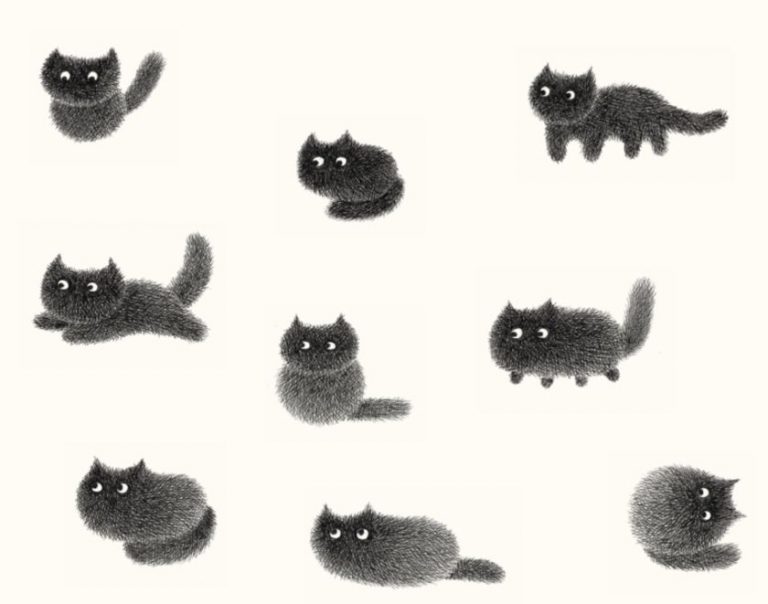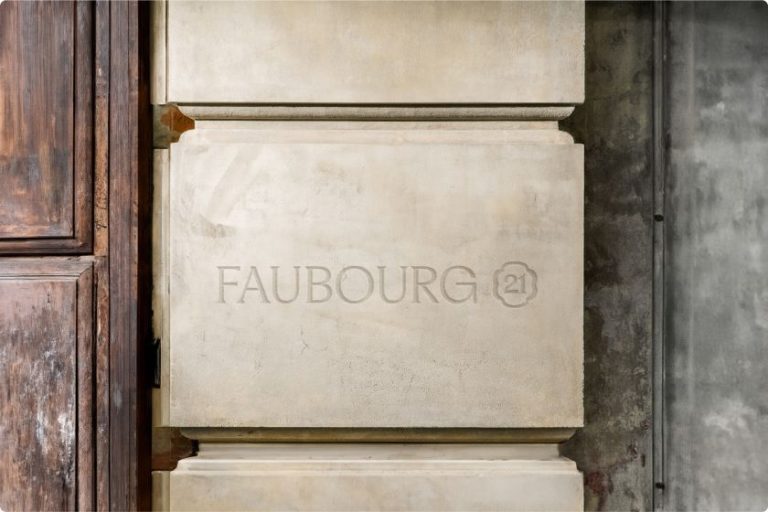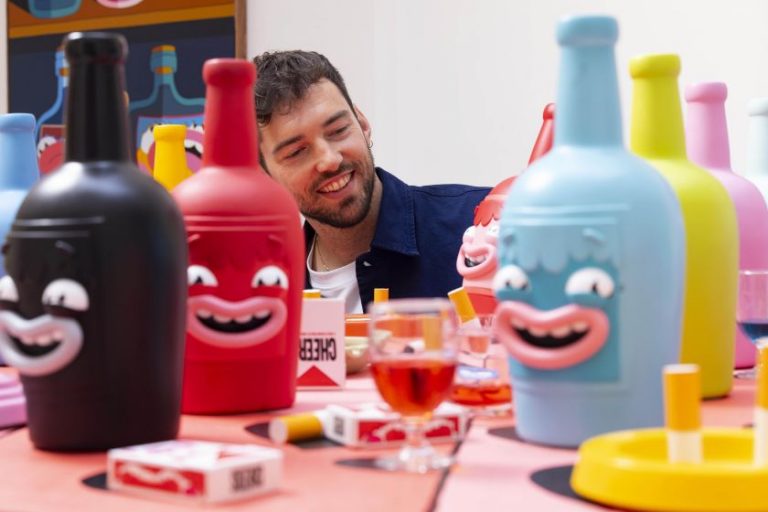Image licensed via Adobe Stock
When was the last time you checked in with yourself? This week marks International Self-Care Day, a timely nudge to pause and reflect. Given how challenging the past few years have been, we asked the Creative Boom community to share their best tips for staying well during tough times.
Has it ever been more difficult to be a creative? Quite honestly, yes. Every year has its ups and downs – that’s just how it goes. But there’s no denying the 2020s have been especially intense. So, ahead of International Self-Care Day, we checked in with our community to find out how they’re looking after their health and well-being.
If you’re not familiar with this global event, it’s observed every year on 24 July – which, funny enough, is also Creative Boom’s birthday. The date, 7/24 or 24/7, is a symbolic reminder that self-care should be practised 24 hours a day, seven days a week.
So, how do we actually make that happen? And avoid misery, burnout and illness? We posed the question on LinkedIn and in our private creative community, The Studio, and gathered the most helpful tips and advice from those who have been there. If you’ve been burning the midnight oil and feeling less than your best, take a few minutes to read their words of wisdom, and maybe try putting a few of them into action.
Get outside – seriously, let go
Time and again, creatives mentioned nature as the first and best place they go to reset. Whether it’s a walk, a run, or just sitting in the garden with a book, the outdoors came up more than anything else.
“I know it’s trite,” said Adrian Beston of Big Pixel, “but I benefit from getting outside and in nature as often as possible.”
“It’s not trite at all,” replied illustrator and writer, Yvie Juniper-Johnson. “I take it for granted that I’ve always had nature nearby. It’s not a reality for so many people to be able to access quiet spaces and real grass to just lie down.”
Others shared how a simple walk clears the mental cobwebs. Syeda Masson said, “Morning walks are a great way to declutter the mind and start the day with fresh energy.” Graphic designer Ed Clews, meanwhile, does a ‘pretend commute’ every morning, walking the block in all weathers. “That little extra gap of time where your brain isn’t actively processing anything does wonders,” he said. And it no doubt helps separate work from life.
Get moving, often
Movement – not to smash goals or hit milestones, but just to shift perspective – came up a lot. Illustrator Alicia Pariso put it perfectly: “Move a muscle, change a thought. If ever I’m having a block or even a slow mind day, I get myself outside to reset.”
Matthew Gallagher swears by a five-mile jog in nature, with no headphones, just the sounds of birdsong. “It helps with mood, releases anger, drives endorphins, lets me play out scenarios and settle back into work when I’m done. Therapy helped, but nothing boosts my mood like getting outside.”
For artist Magdalena Krolik, dance classes like aerial and pole help alleviate stress. “It’s like flipping a switch in my brain,” she said. “That physical release, paired with something creative, does so much more than scrolling ever could.”
Don’t underestimate the power of a pause
While some find energy in movement, others recharge by slowing down — or switching off entirely. The lovely Luke Tonge has a Limitless cinema pass and calls it his “off-site meeting”. “I work best in the mornings and evenings, so the early afternoon is perfect for a lie down with the big screen. YOLO.”
Designer Adhinav Yadav added, “Self-care doesn’t have to be grand. Sometimes I cook without a plan and watch the sunset while eating a sandwich. That’s it. That’s the care.”
And creative Sally Purser shared her dream reset day: “Sea swim, coffee with a friend, somewhere beautiful with flowers. But even 20 minutes doodling in the garden helps.”
Designer Richard Longmuir also finds calm in doing nothing: “Sometimes, you just need to sit on the sofa with a cheese board and a good film.”
One of the best ideas we spotted, though, was Craig Gillespie‘s beloved weekly ritual. “I book out Friday afternoons for ‘away from desk time’,” he said. “Typically this will be mountain biking as it’s my main passion outside of work, but it can be hill walking, wild swimming or if the weather’s bad, it can be a solo cinema date, visit an art gallery, or a great coffee and cake catch-up with a friend. And I (try) to do these without other distractions like listening to podcasts so I’m more focused on what I’m doing.”
He added: “I think it’s the booking time in the diary to do something just for me that is the important part. As a self-confessed people pleaser, this is really hard to do, but I really feel the benefit of it. Funnily, this can also be when I get great ideas!” Double win, then!
Sleep like your life depends on it (disclaimer: it does)
Sleep came up a lot – not as a luxury, but as a boundary worth defending. “For me,” said designer Laine Zvirgzdiņa, “a set sleep schedule is something I really try to stick to. Even when other habits slip, that one holds. It’s a boundary that’s helped me stay sane.”
And of course, Adrian Beston’s line sums everything up perfectly: “I protect my sleep like a mother bear.”
Try and squeeze in those seven hours of sleep every night, even if that means going to bed early. Switch off screens, hide the phone, and pick up a good book to unwind.
Make ‘just-for-fun’ time sacred
Not everything has to be productive. In fact, many creatives said they’re at their best when creating for no one but themselves.
“Drawing for fun like nobody’s watching can offset the constant pressure to create for social, for sales, for the portfolio,” said illustrator Andra Badea. “Just come back to the joy in what you do.”
Illustrator and writer Stefan Smit agreed: “Sometimes just doodling helps take my mind off things.”
And artist Donny Yankellow, who works full-time as a teacher, said: “Illustration is my escape. It’s fun time that occasionally becomes something more, but mostly, it’s for me.”
Connection matters more than we think
While many self-care routines are solo, several creatives mentioned the restorative power of being with others.
Andra Badea said working from home means scheduling intentional social time: “Talking with other creatives online, or scheduling ‘work together’ sessions with friends, makes a big difference.”
Yvie Juniper-Johnson added: “Laughing with my siblings, creating with my nieces – that’s the kind of joy I wish I could access more often.”
And Spanish design studio Man Made put it simply: “Spending quality time with friends and family – preferably with Neapolitan pizza and hazy IPAs.”
Build boundaries, not burnout
Many of you said the most radical act of self-care isn’t a run or a smoothie – it’s saying no. Setting boundaries. And sticking to them.
Designer Paul Leon offered a full masterclass: “Take the 24/7 hustle culture and put it firmly in the bin. Ask yourself: Would you be as hard or unkind to others as you are to yourself? The answer is no. So cut yourself some slack. You are in charge of how, when, where and who you work with. That’s powerful. Use it to create your ideal working and life balance.”
Magdalena Krolik shared how her manager supported her in learning to say no. “It made a huge difference. Having a clear plan and system for tracking my workload has really helped my mental health.”
Anne Kearney, an environmental psychologist, stressed the importance of bandwidth. “We often think creativity is about turning our brains off. But when we can’t focus, creativity suffers. I reduce distractions, restore through nature and yoga, and schedule time to reflect.”
Fill your cup
At the heart of it all? Self-care isn’t selfish. It’s essential. It’s what makes everything else possible. “Without self-care, you have less to offer,” said Matthew Gallagher. “You’re ineffective and distracted. The most important investment you’ll ever make is in yourself.”
In fact, you should make self-care non-negotiable from now on…like your life depends on it. Because otherwise, you could end up in serious trouble. Like Stewart Ainslie in 2020, when he endured a “full-blown meltdown” after becoming “addicted to the 2am creative high”.
He said: “My take on self-care for others is that it’s about finding what works for you and putting the time in to take that seriously. Self-care is as important as software skills, deadlines, budgets and briefs!”
So, what’s your version of self-care? Is it a quiet walk? Some time with your sketchbook? A power nap at the cinema? Whatever works for you — do that. And if nothing’s working right now, maybe try something that’s worked for someone else above.
Because you can’t pour from an empty cup, and you really, truly matter.
